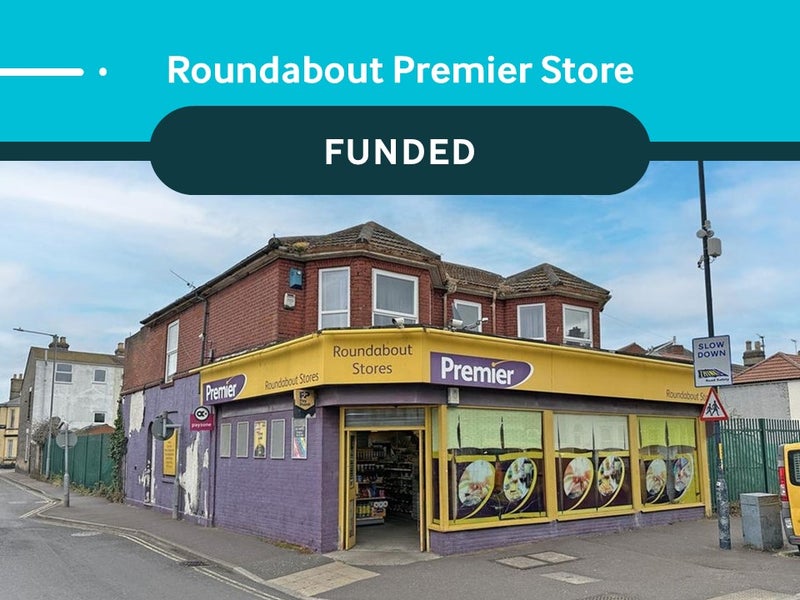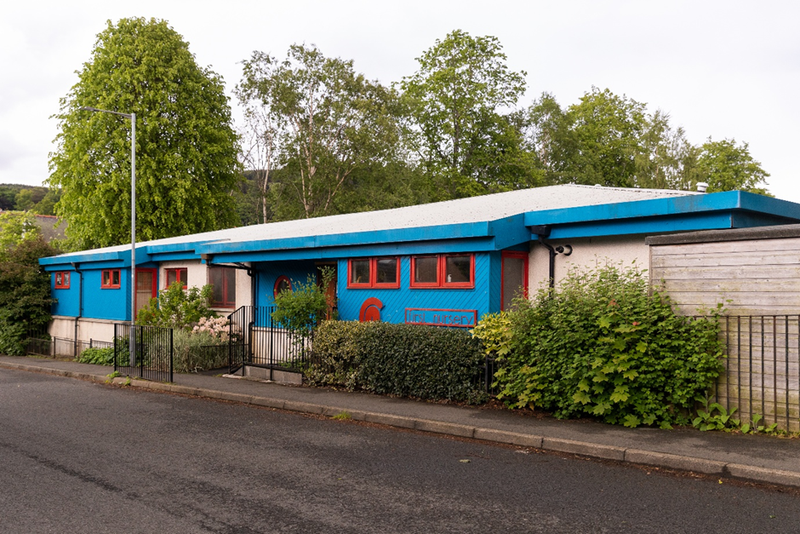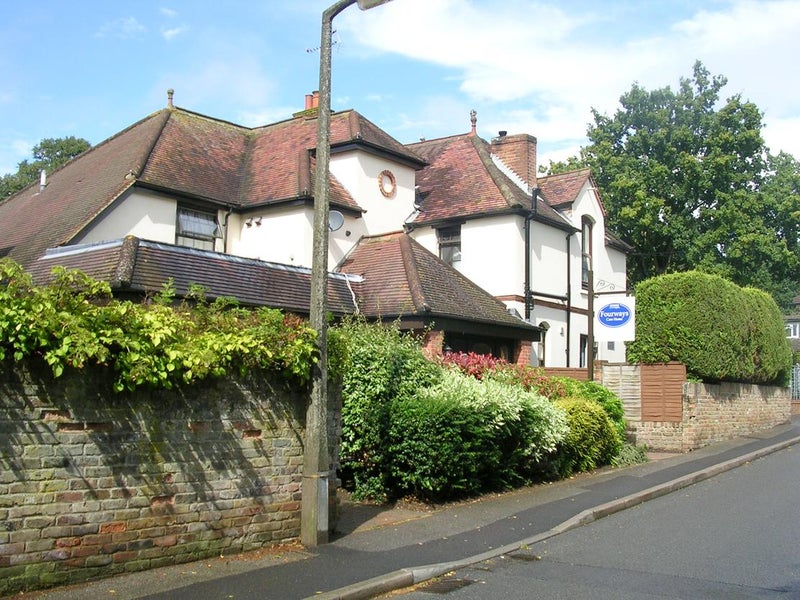Could development finance be the solution?
The care sector in the UK is currently undergoing wide-ranging and well publicised changes.
A by-product of these changes appears to be an increasing number of closed sites being marketed as re-development opportunities. Some of these sites are being upgraded to meet modern tastes and requirements, with facilites such as en-suites, shaft lifts, additional rooms and improved communal facilites being developed, whilst others are being repurposed for a wide variety of uses such as residential accomodation, specialist care or children's day nurseries.
It’s not just smaller Victorian style properties that are entering the market in this way. The majority of the UK’s care home supply was built in the 1980’s and 90’s, with homes from this era now having seen in excess of 20-30 years of operational use. The ageing of such a significant proportion of the care market stock, combined with high property values and relatively cheap finance, presents a fantastic opportunity for operators and experienced developers.
Development finance is typically calculated using three key values:
- Gross Development Value (GDV)
- Site valuation
- Cost of works
All three of these can vary considerably from project to project, but also from lender to lender (dependent on their criteria); so it’s important to work with professionals who can provide guidance before making a formal approach. On most sites, lenders will request a detailed schedule and specification of works in addition to an independent valuation.
As a general rule of thumb, we see gross loans in the region of 60-70% of purchase price and up to 100% of the cost of works, providing the combined loan amount is less than 70% of the total project costs. We sometimes achieve higher loan to values by using additional supporting security and is dependent on whether interest is to be serviced or rolled up.
Most loans are time bound and run for 12 to 18 months, there can be significant penalties for overrunning the pre-agreed period and for this reason it’s important to ensure that due diligence is thorough in order to minimise the risks. A key consideration for lenders will be understanding the exit strategy for the repayment of the loan and they could decline an application if it doesn’t seem feasible. With many development sites, the exit will be a sale on completion of works. It’s important to remember that whilst the works can take 12-18 months, if an off-plan buyer hasn’t been secured there may be an additional marketing period. For this reason, there are several lenders that offer development exit finance providing a new loan based on valuation at or near completion.
For large, new build care development sites, there are lenders that will consider longer term facilities, allowing clients to move seamlessly from a period of interest roll up, to interest only and onto capital repayment. Typically, a three to five year facility would be granted, allowing for build, subsequent opening and build-up of trade period.
You can search for available development sites by sector on the Christie & Co website. There’s a wide range of opportunities from land with planning through to businesses that closed as recently as 2019. Christie Finance has a wealth of experience in supporting development projects within the care market and our other core sectors – medical, hotels, pubs, restaurants, leisure, convenience stores, childcare and education.









